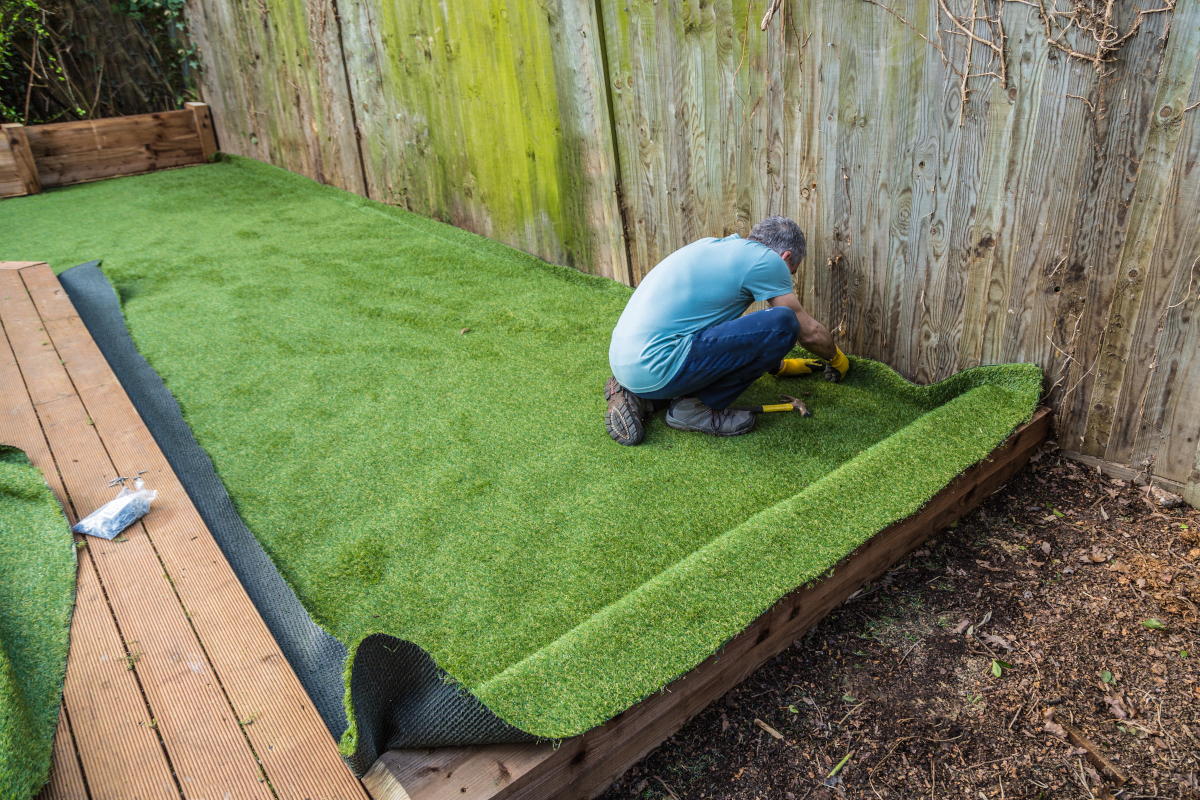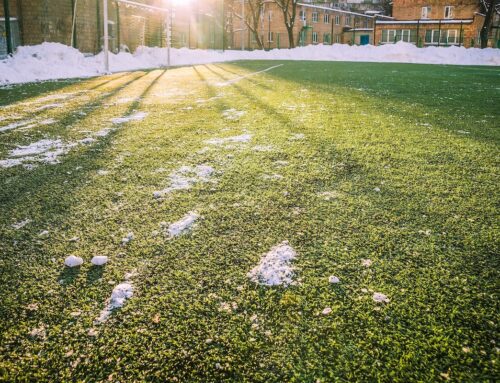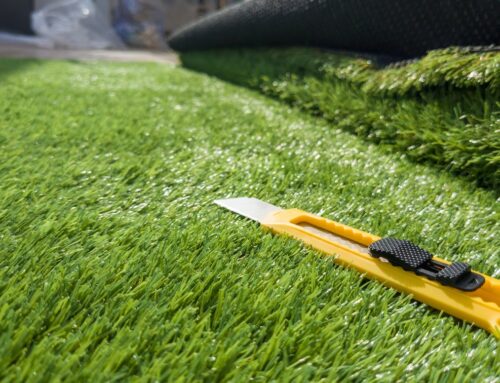Last Updated on April 26, 2022 by ReTurf
If you’re one of the many property owners who has invested in artificial turf, congratulations! You’ve made a wise decision that will save you time and money in the long run. However, before you start enjoying your new lawn, there are a few things you need to know to avoid damaging it.
Durability is one of the biggest advantages of professional-grade artificial turf. It’s resistant to many things that would ruin a natural grass lawn—but that doesn’t mean it’s 100% indestructible. (Especially if you forget to tell your landscaping company your grass is synthetic.)
Here are 5 ways people can damage artificial turf.
1. Mowing it
I know, I know—it’s rare, but this has actually happened. It seems like the logical thing to do, right? We get it, people are used to mowing natural grass with a lawn mower and high quality synthetic grass can look extremely lush and realistic.
But please, no matter how much you think your turf needs a trim—don’t do it.
Chopping up synthetic grass blades with a gas-powered mower is a pretty obvious way to damage it—but it does happen. The good part is, synthetic turf can look realistic enough to the point that it can fool your landscaping service!
2. Walking on it with spiked shoes
If you’re an avid golfer or enjoy playing other sports that require spiked shoes, you might be tempted to walk on your artificial turf in them. After all, the turf can handle a lot of wear and tear, right?
True—but spiked shoes can puncture the backing material beneath the blades, which can cause the turf to lose its shape and stability over time. Fortunately, it’s very easy to replace sections of artificial grass where this has occurred—but you should still avoid it if you can.
3. Parking vehicles on grass that isn’t designed for parking
Just because your artificial turf is strong and durable doesn’t mean it can handle the weight of your sixteen wheeler. In fact, parking directly on artificial turf can damage the blades and the sub-material—if your turf installation wasn’t designed to hold that much weight.
If you must park vehicles on your artificial turf, be sure to discuss this with your installers and choose a turf that is specifically designed for that purpose. Artificial grass can be used for driveway and parking areas—but you need to ensure that the sub-material is appropriate to support the weight.
4. Using metal rakes on it
While your ultra-high-strength carbon steel rake may be fine on a regular grass lawn, it’s not the best thing to drag across your synthetic lawn. Metal rakes can damage the blades of grass, and rigid, sharp steel tines can also puncture the backing material. There are many plastic, bamboo, and nylon rakes on the market that are much more suited for use on artificial grass.
5. Using corrosive chemicals on it
Just because artificial turf is made of synthetic materials doesn’t mean it’s immune to damage from corrosive chemicals. In fact, using harsh chemical cleaners on your artificial turf can harm the blades.
If, for some reason, you must use chemicals on your turf—be sure to choose products that are specifically designed or approved for use on synthetic grass. In general, an occasional rinse with the garden hose is all that will be needed when washing turf.
Conclusion
Professional-grade artificial turf is extremely durable, so it’s fairly tough to damage it through normal use. Most people never experience these types of issues, and when accidental damage does happen, it usually isn’t catastrophic.
Well, except for mowing the lawn.
Fortunately, if any part of the lawn is ever damaged accidentally, it’s very easy for professional installers to seamlessly replace the damaged sections with new turf.
If you need help with planning, installing, or maintaining an artificial turf project, contact the turf experts at ReTURF. Use the form below to contact us, or give us a call at (828) 518-5787.



